Who says succulents are just for sunny, arid climates? While many of these plants are known for thriving in heat and drought, there’s a fantastic group of frost-tolerant succulents that can brave chilly temperatures while adding texture and color to your cold-weather garden. These hardy plants keep your landscape lively through the cooler months with their architectural shapes, striking foliage, and seasonal blooms. If you’re looking to add low-maintenance beauty to your outdoor spaces, these 10 unique frost-tolerant succulents are just what your garden needs.
1. Hens and Chicks (Sempervivum)
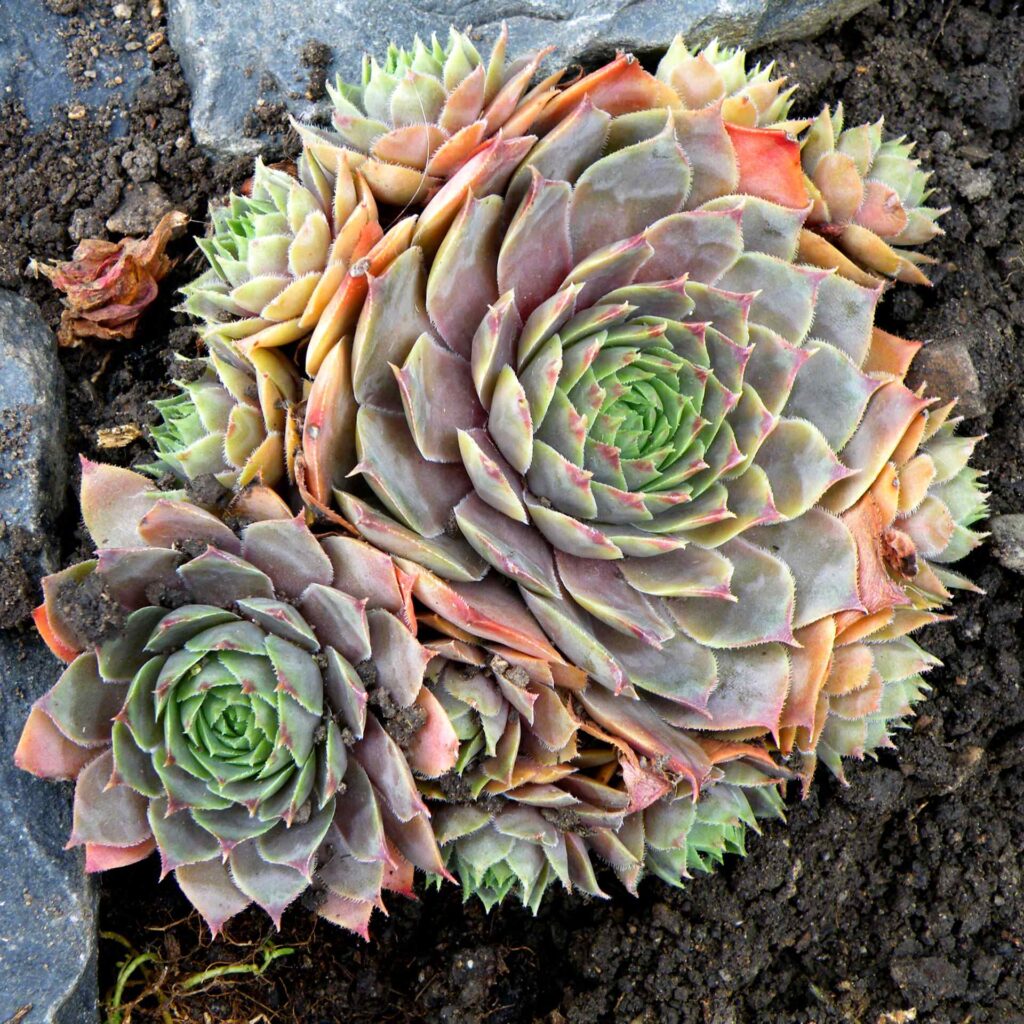
Sempervivum, commonly known as Hens and Chicks, is a charming cold-hardy succulent that thrives in temperatures as low as -30°F. Its rosettes of fleshy leaves form tight clusters, with the “hen” producing little “chicks” around its base. Available in shades of green, red, and purple, these plants add rich color to rock gardens, borders, and containers. Sempervivum requires well-drained soil and full sun and looks stunning year-round, even when dusted with frost or snow. It’s one of the toughest, prettiest succulents for cold climates.
2. Stonecrop (Sedum ‘Autumn Joy’)
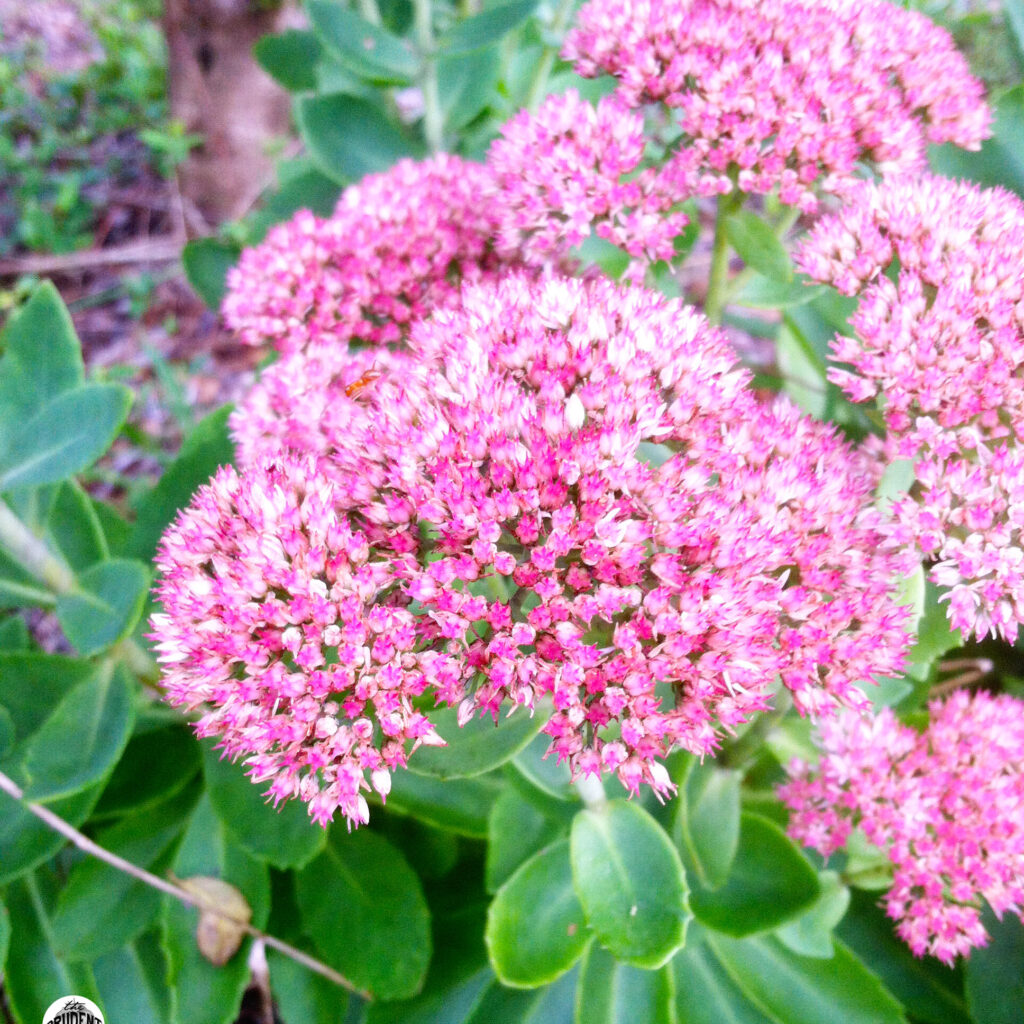
Sedum ‘Autumn Joy’ is a perennial favorite for cold-climate gardens. This frost-tolerant succulent features thick, fleshy leaves and large, flat-topped flower clusters that start pink in late summer and gradually deepen to coppery-red by fall. It provides beautiful structure throughout winter, especially when its dried seed heads catch a layer of snow. Hardy down to -30°F, ‘Autumn Joy’ thrives in full sun and well-drained soil. It’s a magnet for pollinators in summer and a resilient, low-maintenance choice for year-round interest.
3. Hardy Ice Plant (Delosperma cooperi)
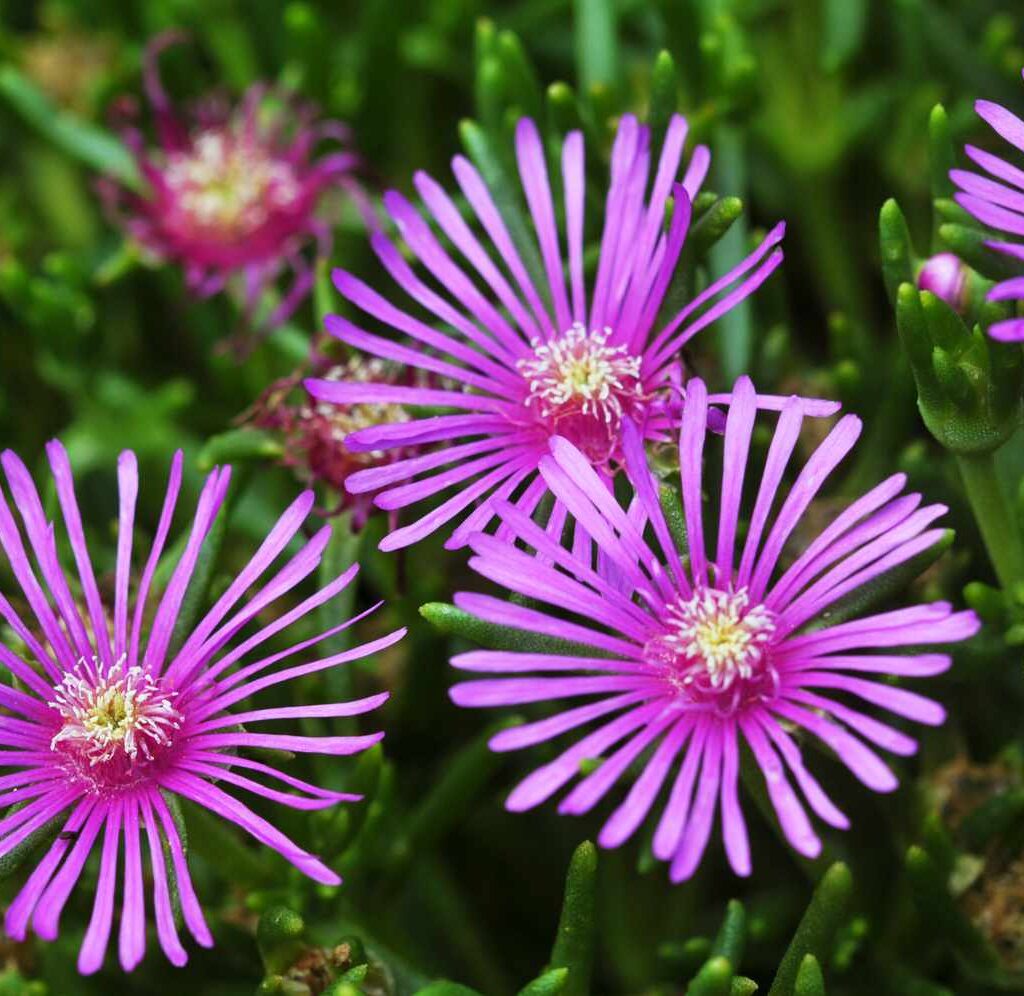
Hardy Ice Plant is a vibrant ground cover succulent perfect for brightening up cold-weather gardens. Known for its daisy-like flowers in shades of hot pink, purple, or yellow, this plant blooms profusely from late spring into fall. Its dense mat of fleshy leaves remains evergreen in milder winters and can handle temperatures as low as -20°F. Plant it in rock gardens, borders, or slopes for a burst of color and erosion control. Ice Plant loves full sun and well-draining soil, making it both beautiful and practical.
4. Blue Spruce Sedum (Sedum reflexum)
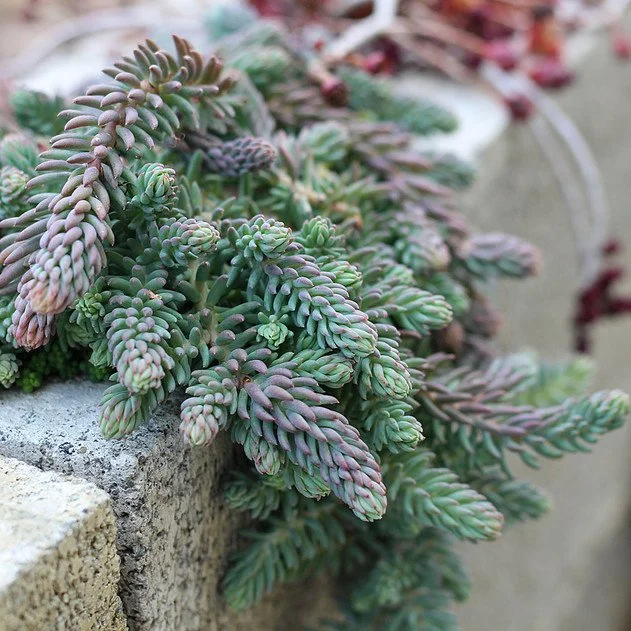
Sedum reflexum, also known as Blue Spruce Sedum, is an eye-catching succulent with needle-like, blue-gray foliage that resembles miniature spruce branches. Hardy down to -30°F, this plant forms a dense, low-growing mat perfect for rockeries, borders, or container edges. In summer, it sends up cheerful yellow flowers that attract pollinators. Its foliage takes on a soft pink or purplish tint in colder months, adding extra visual appeal. Blue Spruce Sedum thrives in full sun and requires minimal care, making it ideal for cold-hardy landscapes.
5. Candelilla (Euphorbia antisyphilitica)
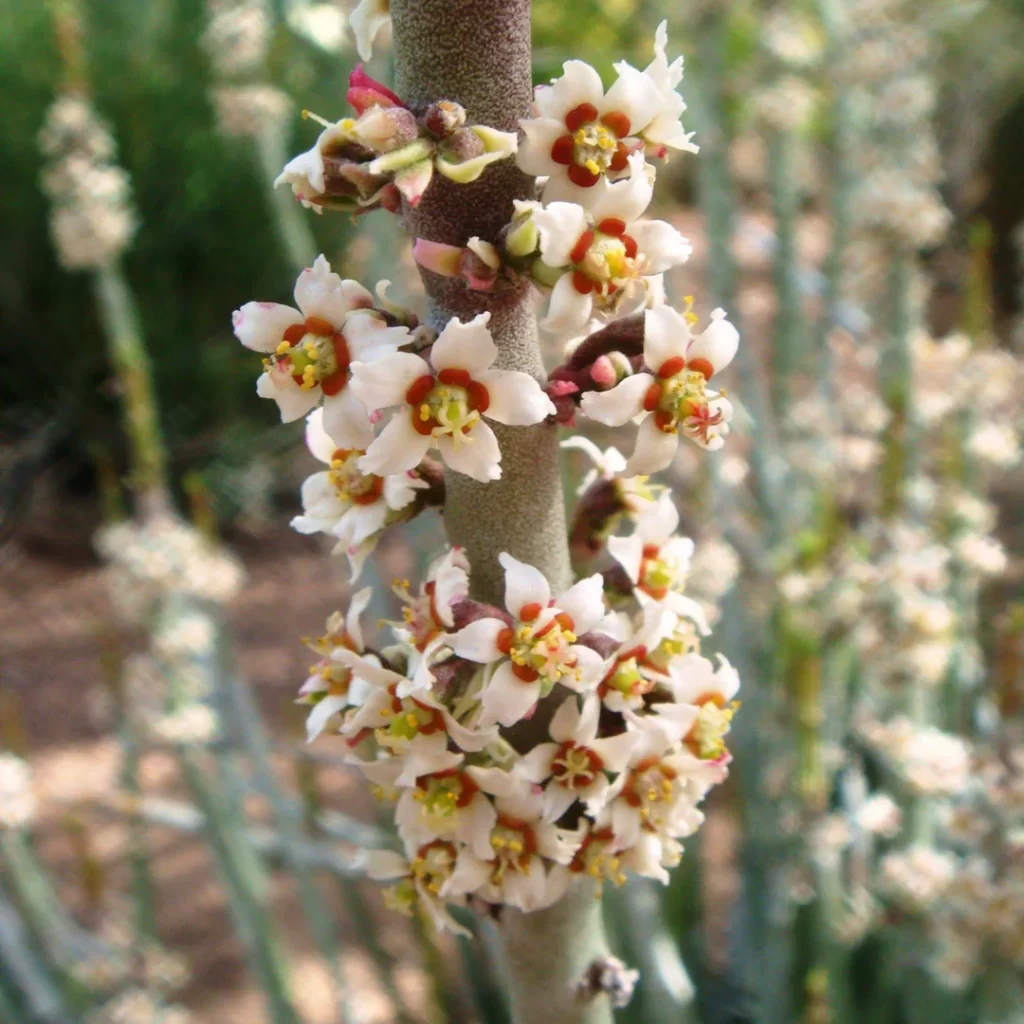
Candelilla is a unique, cold-tolerant succulent shrub native to the southwestern U.S. and Mexico. Its slender, gray-green stems grow upright in dense clumps, creating an unusual vertical accent in gardens. While traditionally heat-loving, this Euphorbia species can withstand brief frost and temperatures down to around 20°F. In late spring, small pinkish flowers appear along the stems. Candelilla prefers full sun, rocky soils, and excellent drainage. It adds a sculptural, contemporary element to cold-climate succulent collections and performs well in sheltered spots or winterized containers.
6. Cobweb Houseleek (Sempervivum arachnoideum)
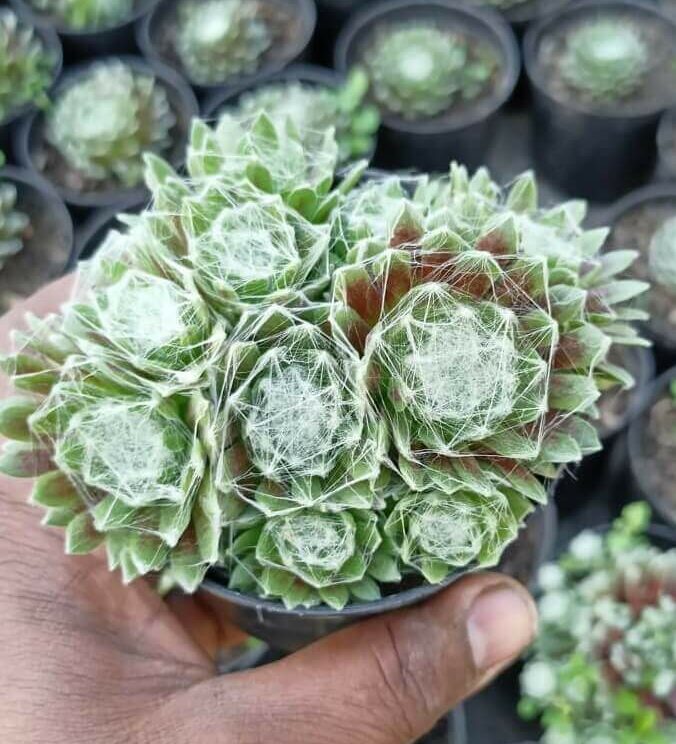
Cobweb Houseleek is a captivating frost-tolerant succulent with delicate, spiderweb-like filaments spun across the tips of its rosettes. This alpine species can endure temperatures down to -30°F, making it ideal for chilly regions. Its small, compact rosettes come in shades of green, pink, and burgundy, and produce star-shaped flowers in summer. It thrives in rock gardens, gravel beds, and containers, requiring only full sun and well-drained soil. The intricate cobweb effect adds an intriguing, mystical touch to any winter garden display.
7. Parry’s Agave (Agave parryi)
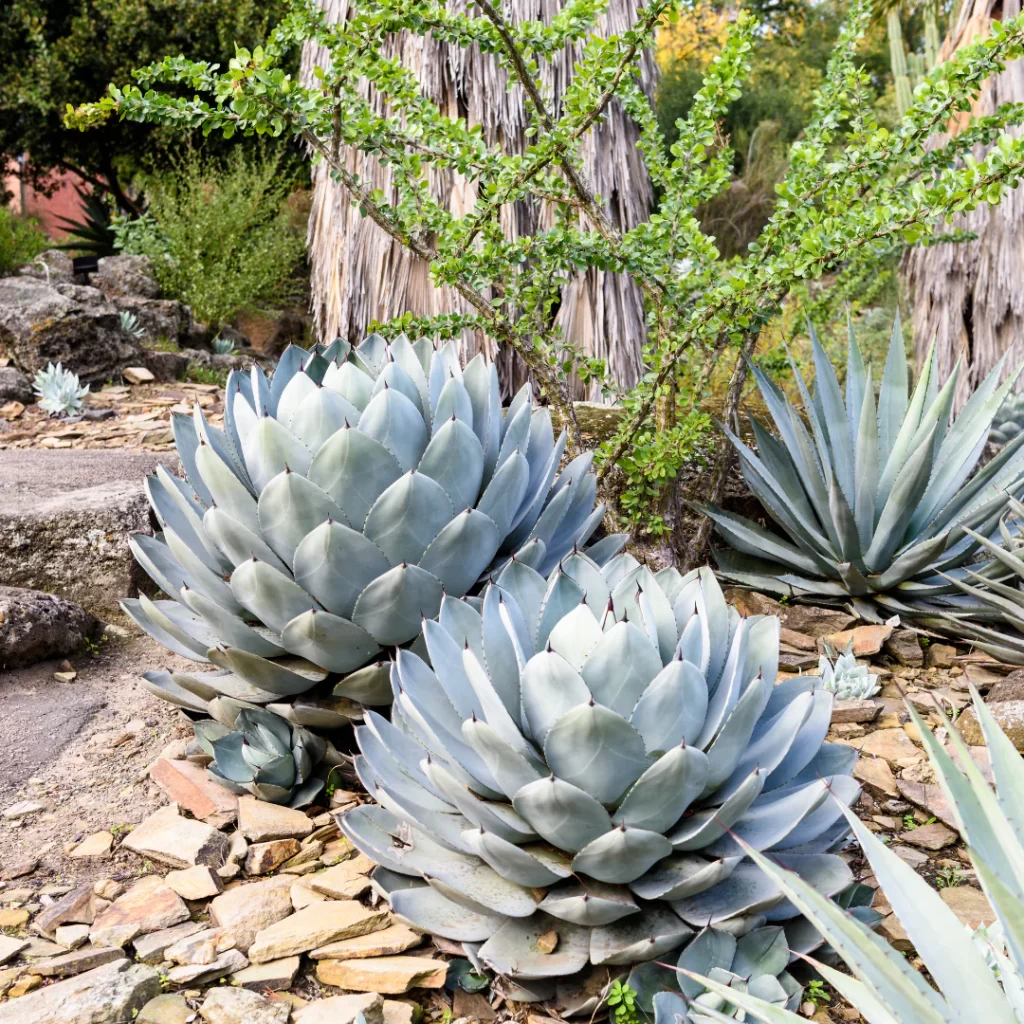
If you love bold, architectural plants, Parry’s Agave is a must-have for your cold-hardy garden. This compact agave species features tight rosettes of silvery-blue, spiny-edged leaves and can withstand temperatures as low as -20°F when grown in well-drained soil. In mature plants, tall flower spikes emerge after many years, creating a stunning display. Parry’s Agave pairs beautifully with boulders and gravel in xeriscapes and rock gardens. Its sculptural form remains striking year-round, even when frosted over in winter.
8. Sedum ‘Dragon’s Blood’
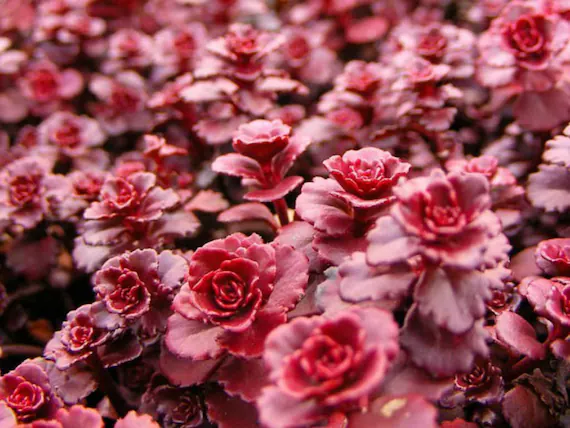
Sedum ‘Dragon’s Blood’ is a vigorous ground-cover succulent that’s as tough as it is colorful. Hardy down to -20°F, it features ruby-red-tipped leaves in summer that deepen to rich burgundy in fall and winter. Clusters of star-shaped, pinkish-red flowers appear in late summer, attracting pollinators. This sedum spreads quickly, forming a dense mat that suppresses weeds and adds year-round visual interest. It’s ideal for borders, slopes, and rock gardens, thriving in full sun and requiring virtually no maintenance.
9. Rosularia (Rosularia platyphylla)

Rosularia is a lesser-known, frost-tolerant succulent closely related to Sempervivum. Native to the mountains of Turkey and Central Asia, it’s perfectly adapted to cold, alpine conditions, withstanding temperatures below -20°F. Its rosettes of thick, pointed leaves are often tinged with pink or red at the tips. In summer, it produces dainty clusters of white or yellow flowers. Rosularia thrives in rockeries and trough gardens with excellent drainage. Its compact size and subtle color variations make it a delightful addition to cold-weather succulent collections.
10. Yucca ‘Color Guard’
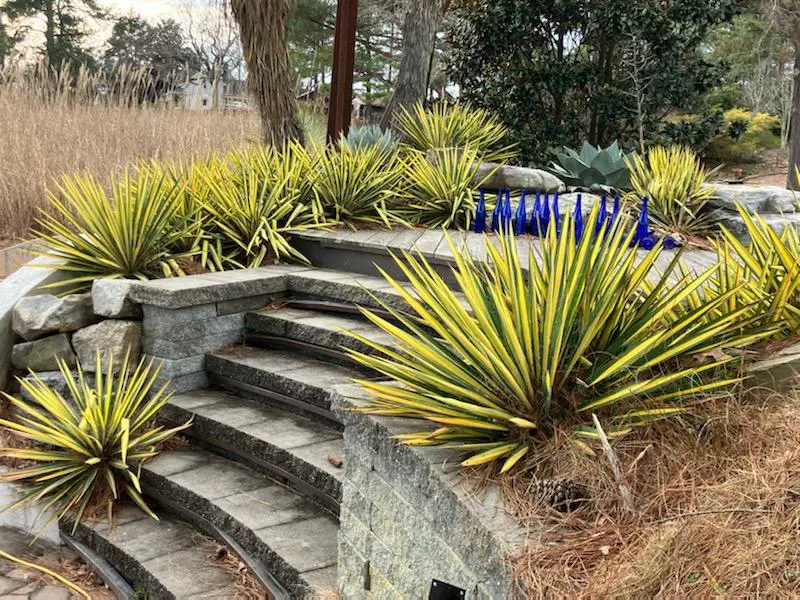
Yucca ‘Color Guard’ brings bold, year-round color to cold-climate gardens with its sword-like, green leaves edged in creamy yellow. In colder months, the yellow centers often develop rosy-pink hues, adding winter charm. This hardy succulent tolerates temperatures as low as -20°F and produces towering spikes of white, bell-shaped flowers in summer. Yucca ‘Color Guard’ prefers full sun and dry, sandy soil, making it ideal for xeriscaping or modern landscapes. Its striking foliage and architectural shape ensure it stands out, even in the snow.

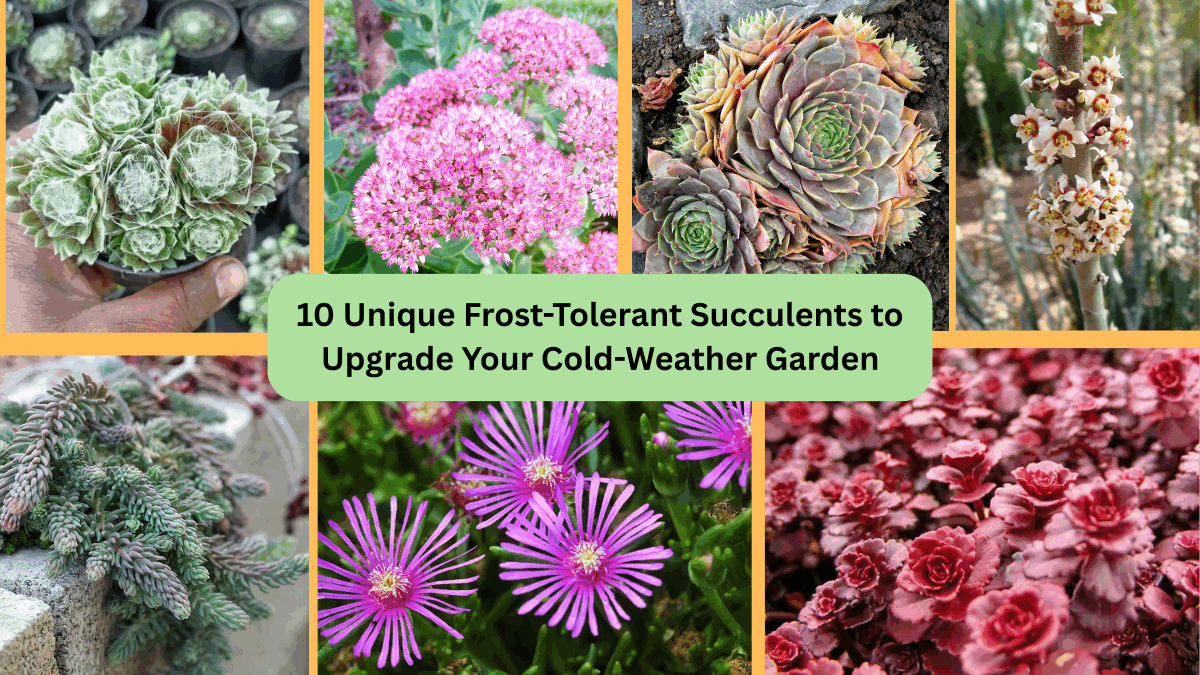
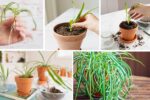


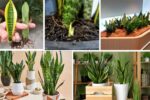
Leave A Comment